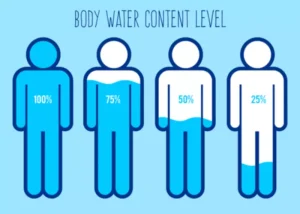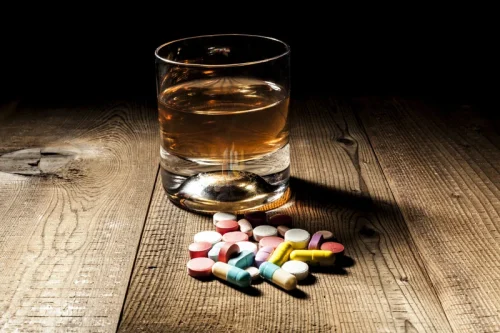Meth Use and Addiction: Signs, Effects, and Risks
Although treatment outcomes are comparable to that of other chronic conditions, recovery is an ongoing process that can take time. There are some promising medical treatments for meth addiction currently in development. Ongoing meth use can lead to mild to severe withdrawal symptoms once you stop taking the drug. Talk to a doctor or other medical professional for a recommendation.
Crystal Meth FAQs
Meth is highly addictive and can be difficult to stop using without professional help and support. The longer a person uses meth, the more serious their health problems will become as the drug continues damaging major organs. But the sooner you can spot signs of meth addiction, meth addiction the sooner you or your loved one can get help as needed to become healthier and addiction-free. The euphoric high experienced by methamphetamine users is caused by a surge of dopamine released into the brain.
- Crystal methamphetamine usually looks like glass chunks or shiny bluish-white rocks.
- She was formerly a staff writer at Filter, one of the only online journalistic publications dedicated to covering harm reduction.
- Higher dosage and more frequent use increase the risk of meth overdose, especially when it’s mixed with other substances.
Start Your Recovery from Meth Addiction at Cornerstone
- Don’t wait— reach out today to take the first step toward taking control of your life.
- Meth addiction is the inability to stop using meth regardless of the harmful physical, psychological, or social side effects it is causing an individual.
- You may have similar symptoms, but they’re usually less intense and chaotic.
- Professionals in illegal laboratories chemically alter using toxic substances such as battery acid, drain cleaner, and other hazardous chemicals to produce methamphetamine crystals.
- Give yourself the hope of healing as we prove our commitment to your recovery through a treatment plan created just right for you.
- Struggling with meth addiction can be incredibly challenging, but it’s important to know that recovery is possible with the right support and treatment.
Symptoms of crystal meth addiction include teeth or gum damage, strange sleeping patterns, dilated pupils, obsessively picking at hair, jerky or erratic movements, mood swings, and psychotic behavior. Methamphetamine, commonly known as meth, is a powerful and highly addictive drug that affects both the mind and body. The symptoms of meth abuse can be shocking, as the drug has a profound effect on the user’s appearance, behavior, and overall health. By recognizing the signs early, friends and family can intervene and help individuals seek treatment before their addiction worsens. In this article, we will outline the telltale signs of meth abuse, along with its physical, emotional, and behavioral effects. The effects of crystal meth addiction are serious and lead to long-term damage to the brain, heart, and other organs, as well as social and financial problems.
- The high caused by meth may be unrivaled, but the side effects are equally unparalleled.
- These physical manifestations serve as stark reminders of the destructive power of methamphetamine.
- For those with PTSD, CBT can help process trauma in a safe and controlled way.
- Many people also experience paranoia, hallucinations, anxiety and insomnia.
Causes and risk factors for meth addiction
- Meth is a powerful drug that gives a quick sense of relief or energy, but it can also make things worse.
- Meth is a powerful drug that increases energy, heart rate, and alertness.
- Methamphetamine is the child of a drug class called amphetamines, both stimulants that can provide users with increased energy, intense desire to chat, and an overall sense of happiness.
- When you take a drug, certain genetic factors can increase your risk of developing an addiction.Regular drug use changes your brain chemistry, affecting how you experience pleasure.
- Providers who advertise with us must be verified by our Research Team and we clearly mark their status as advertisers.
- Crystal meth is easy to obtain, and due to the incredibly harsh chemicals used in its manufacture—including battery acid and ammonia—the physical and cognitive effects of the addiction are severe.
However, recognizing the signs early and seeking professional help can prevent further damage and lead to recovery. Methamphetamine use disorder leads to profound neurological changes, primarily due to the excessive release and subsequent depletion of dopamine. Over time, the brain adapts to the presence of meth by reducing natural dopamine production, impairing the person’s ability to experience pleasure from normal activities. This results in anhedonia, depression, and cognitive impairments such as memory loss, difficulty concentrating, and impaired decision-making abilities.








